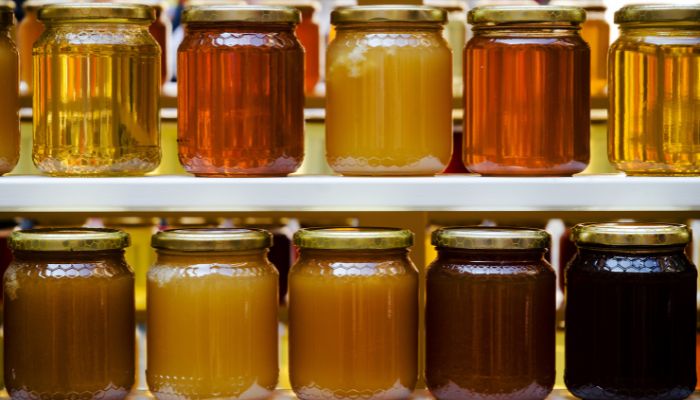When we think of honey, we tend to picture a golden yellow syrup with its characteristic thick and viscous quality. But did you know there is more than meets the eye when it comes to honey? This sweet ingredient can change considerably in color, taste, and quality. These are just some of the factors that the United States Department of Agriculture (USDA) utilizes to grade honey. Whether you’re a restaurant owner or a chef, there’s so much that you should know about the different grades of honey.
Grading Factors
The USDA strictly enforces federal food, farming, and forestry laws. Honey is one of many products the USDA monitors, as it’s something we consume and find in many food products.
The USDA will observe various factors in order to grade honey products. But what are these factors? These factors include moisture content, clarity, flavor, and aroma. They will also check that the honey is free from any potentially harmful defects, such as dirt, dead bees, or leaves.
Grading System
Once the USDA observes these quantifiable factors in the honey they are testing, it will provide a grade. This grading system ranges from high quality to substandard. Grade A is the highest quality honey, and grade B is the second best. Grade C refers to honey that meets the minimum quality requirements. However, if honey receives a substandard grading, it isn’t safe for consumption.
Grade A, B, and C are honey grades that the USDA deems suitable for consumption. The only caveat is that each grade will differ in quality. Consider what you plan to use the honey for when determining which grade of honey your restaurant should use.
Seven Color Grades
One thing you should know about the different grades of honey is that each grade tends to differ in color. In fact, the USDA has seven different color grades for honey ranging from water white to dark amber. As the grading scales decrease in quality, the color of the honey tends to become lighter.
Most people may find it surprising that the highest quality honey tends to have a dark amber color. However, dark honey has an intense flavor that works well in mixed drinks, alongside smoked meats, and on charcuterie boards. Dark honey is quite versatile and is a go-to option for many restaurants.







